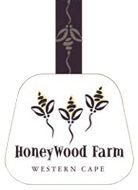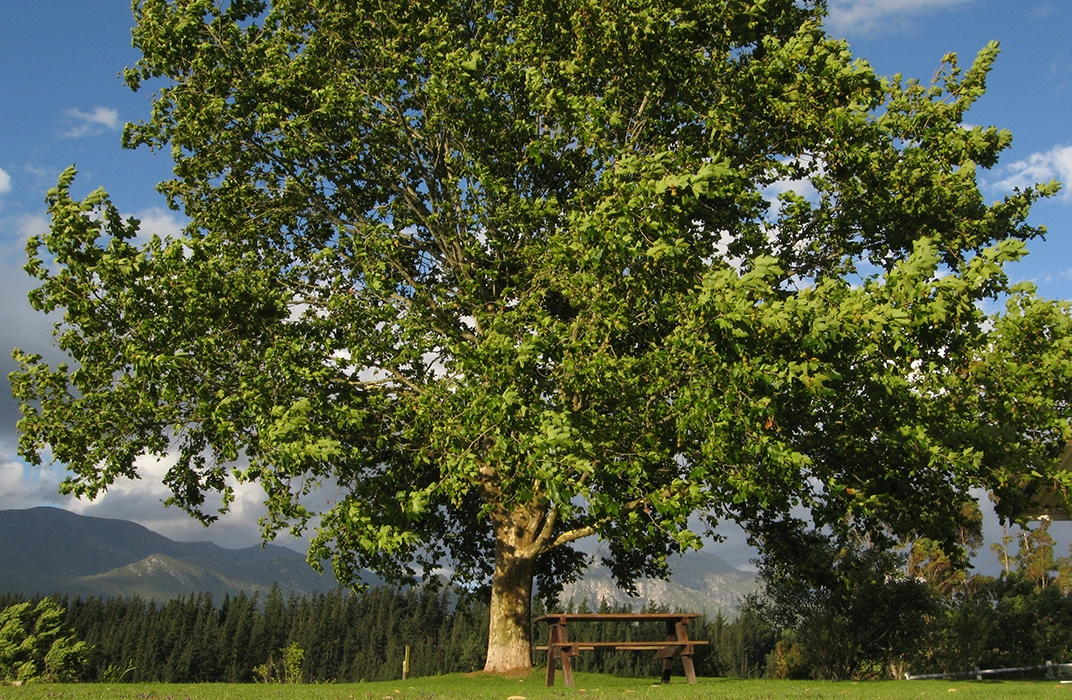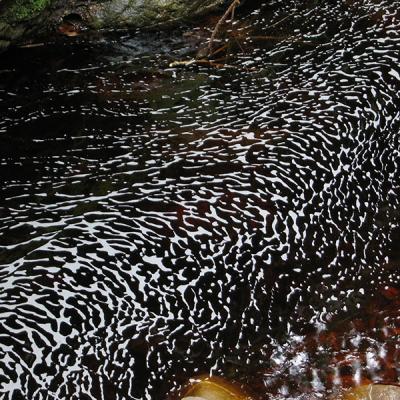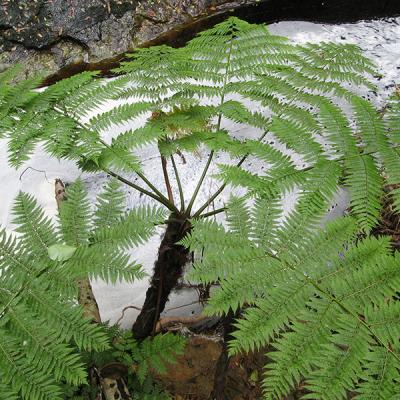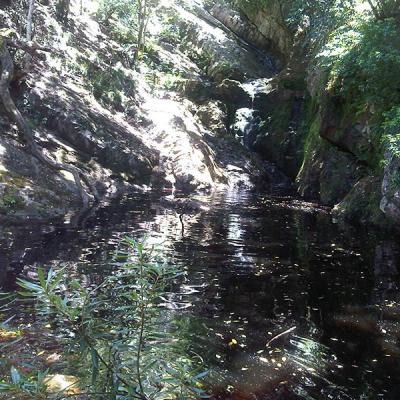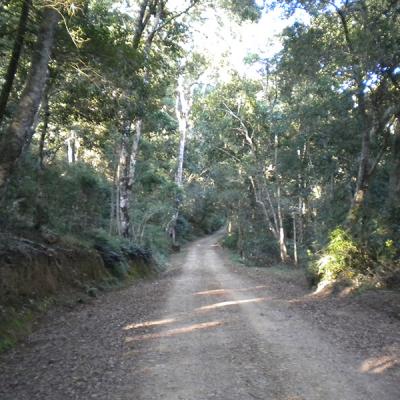Honeywood is a founder member of the Grootvadersbosch Conservancy and it fully supports the conservancy with its new agricultural restoration project. Honeywood has, for generations, removed aliens, followed a controlled burn regime of its veld and ensured that rivers remain pristine – no ploughing or indiscriminate use of chemical fertilizers or pesticides. www.gvbconservancy.co.za, and www.thebirdinglife.com
The farm is a member of the Grootvadersbosch Conservancy, which contains large areas of mountain fynbos, Knysna type forest and some rare examples of unspoilt Renosterveld or Themeda grassland. Beyond the Nature Reserve lies the Boosmansbos wilderness area; one is of the best protected areas in the country which is also a World Heritage Site.
Grootvadersbosch Nature Reserve, a member of the conservancy, is situated in the Langeberg, about 22 km northwest of Heidelberg, and comprises 250 ha of forest. The indigenous forest is the most noteworthy in the southwestern Cape and the largest remaining example in the Langeberg. Two-day walks and a short cycle trail wind through Knysna high forest and mountain fynbos, with excellent bird-watching opportunities. The land on which the forest is situated was originally called Melkhoutskraal, and was assigned to Roelof Oelofse in 1723. He was known as the "Groot Vader", a title subsequent owners inherited. The adjoining Boosmansbos Wilderness area was proclaimed in 1978 and Grootvadersbosch was put under the control of CapeNature in 1986 and since 2004 has been a World Heritage Site.
During 1896 to 1913 exotic trees such as camphor, Australian blackwood, bluegum, ash, Californian redwood and oak were planted to cover the areas denuded by woodcutters. CapeNature has reclaimed most of these areas for indigenous forest bur a significant cluster of Redwood remain to remind us of this attempt.
Bushbuck are abundant and were first described in 1780 from a specimen collected at Grootvadersbosch. Cape grysbok occurs on the forest fringes and in adjacent fynbos. Baboons and small mammals are plentiful while evidence of leopard is also occasionally found. Birds are abundant and 196 bird species have been recorded. A subspecies of the ghost frog and a unique forest emperor butterfly occur only in this forest.
Other farms in the conservancy are active agriculture units but also have mountain catchment areas that need to be managed in a co-operative manner. There are plans for an extensive biodiversity initiative to link up the catchment corridor form the World Heritage site to the Bontebok Park so that this vital corridor can be protected. Meetings have been held with interested parties and we hope that this initiative will take root and grow so that water and threatened areas can be maintained and protected. The conservancy has already got funding from the Table Mountain Fund and WWF for extending trails for hiking and mountain biking in the area – creating job opportunities as well as opening up the area for enviro-tourism.
The Conservancy has 49 mammal species - 8 of which are red data ones, 16 frog species - one endemic one - the ghost forest frog, 11 butterfly species, 49 reptile species- 3 of them are red data ones, 8 fish species – 2 red data ones, 46 listed indigenous trees with mountain fynbos species too numerous to list here.
